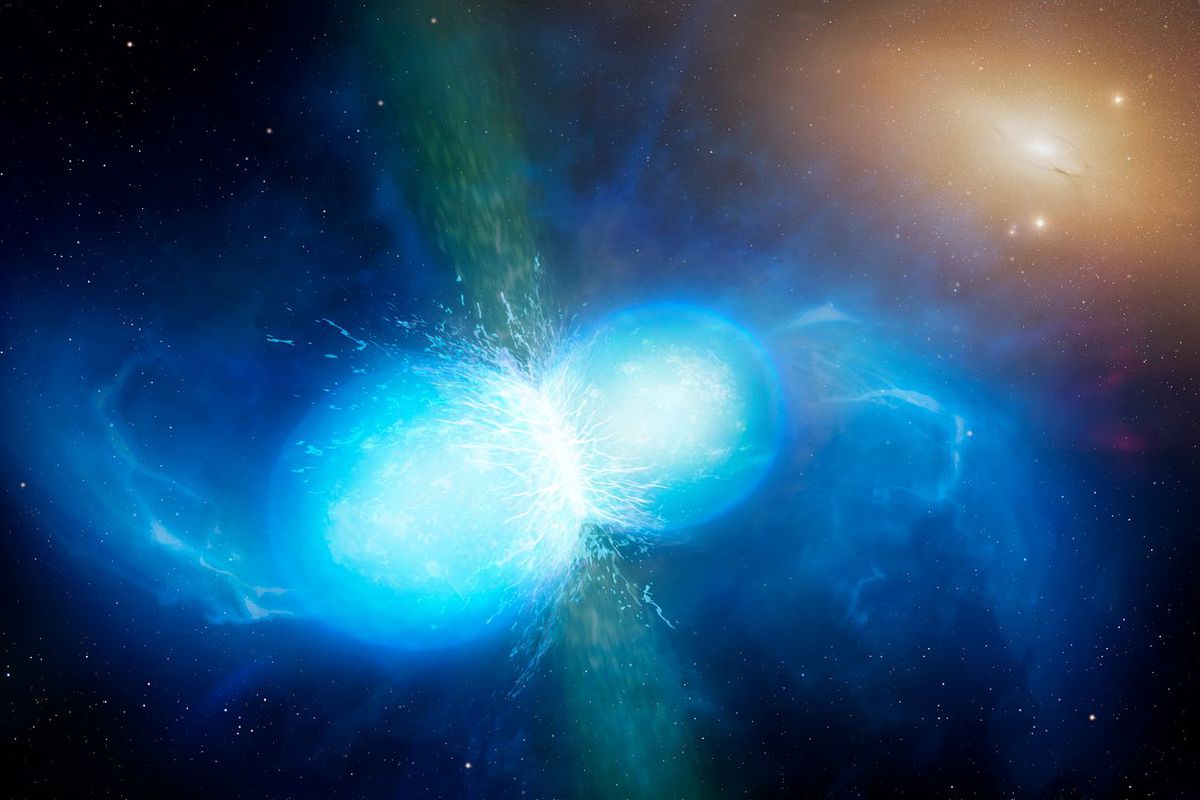
Craveology Cafe and the North Star Science Store are temporarily closed for renovation.

Einstein Was Right
This week, scientists announced they had detected new gravitational waves. Albert Einstein predicted the existence of gravitational waves, ripples in the fabric of space-time, and he was proven correct when those waves were directly detected in 2015. Three physicists won the Nobel Prize in physics for that work.
So what makes these new waves so special? For the first time, astronomers were able to pinpoint the exact source of the gravitational waves.
How Are Gravitational Waves Detected?
Gravitational waves are detected by instruments called interferometers. There are two LIGO (Laser Interferometer Gravitational-wave Observatory) interferometers in the United States, and a new Virgo interferometer in Italy, all of which observed the waves. With three detections, scientists were able to triangulate the source emitting the gravitational waves.
What Made Waves?
On August 17, 2017, scientists observed a kilonova: a stellar explosion that occurs when two neutron stars merge together. This kilonova generated a burst of gamma rays and a gravitational wave. In the days and weeks that followed, a lot of light (electromagnetic radiation) was produced due to nuclear reactions in the material thrown off during the neutron star merger. In total, this kilonova was observed by over 70 observatories.
Previously, the only gravitational wave detections LIGO had made were generated by colliding black holes, which tend to swallow up the nearby material during their mergers and produce no light. This August 2017 kilonova was the first multi-wavelength observation of light associated with gravitational wave detection.
Scientific Implications
Thanks to the observations made of this kilonova, we now have:
Confirmation that gravitational waves and light waves both travel at the speed of light. Evidence that r-process nucleosynthesis (a rapid form of neutron-capture that creates elements heavier than iron) occurs in binary neutron star mergers. A connection between binary neutron star mergers and gamma ray bursts.That’s just the beginning! We’re in a new era of gravitational wave astronomy, and there is plenty more to discover.
LIGO website: www.ligo.org
LIGO Twitter: @LIGO
VIRGO website: public.virgo-gw.eu/language/en/
VIRGO Twitter: @ego_virgo